A severe geomagnetic storm has hit Earth – and making a stunning sky show
A huge solar storm has pummeled Earth, bringing a stunning aurora to SA’s skies – but possible disruptions to satellites and power grids. See our gallery.
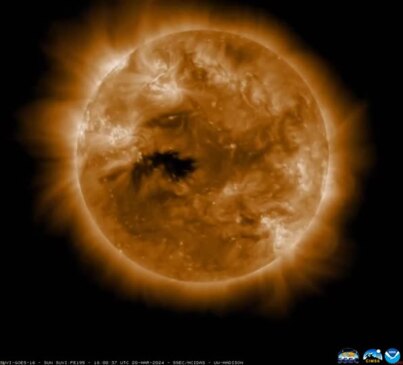
SA News
Don't miss out on the headlines from SA News. Followed categories will be added to My News.
The stunning Aurora Australis, or Southern Lights, has lit up the state’s skies but the weather bureau has warned the rare phenomenon could cause power outages and impact communications services.
Local photographers and stargazers have shared astonishing snaps of the natural light display, which made a rare appearance in South Australia last night and early this morning.
Usually only seen in Tasmania, the lights were visible near major Australian capital cities due to the biggest geomagnetic storm in almost two decades.
GALLERY: SEE OUR STUNNING READER PICS
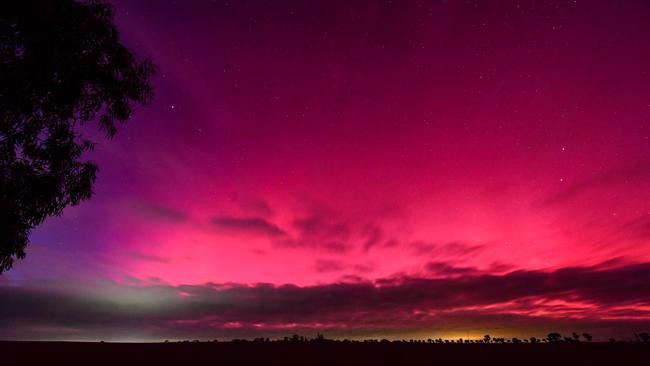
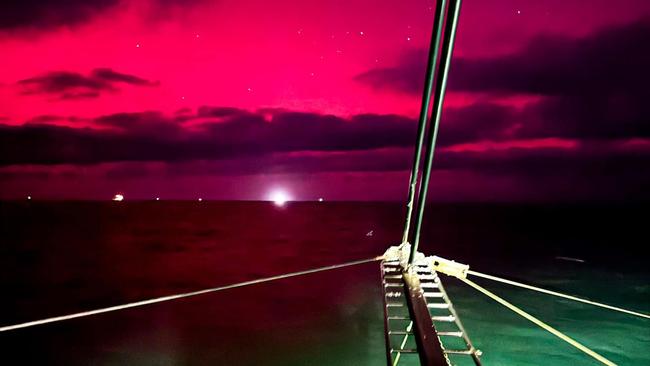
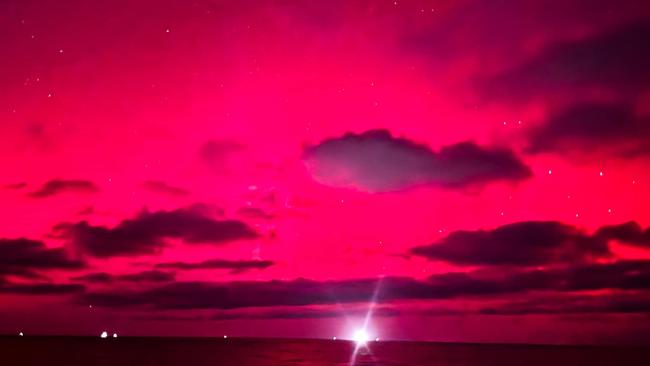
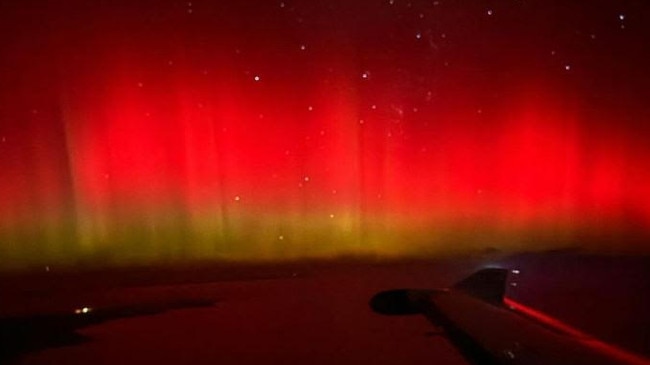
The storm was created by a monster sunspot cluster 16 times the size of Earth, which has been spewing solar eruptions in the Earth’s direction.
The Bureau of Meteorology’s Australian Space Weather Forecasting Centre, located in Adelaide, issued a warning indicating the chance of G5 (extreme) geomagnetic storm conditions on Saturday.
In a media release, the bureau said geomagnetic storms of G5 level can potentially disrupt critical infrastructure such as power grids, causing power outages, satellite services, and affect communications and global position, navigation and timing services that high-frequency radio communication.
“The warning issued for this event informs government and critical infrastructure operators so they can take action to mitigate potential impacts on infrastructure assets and essential services,” the release said.
“The Bureau continues to monitor the situation and will provide updates of significant changes.”
While a solar storm does have the potential to cause damage to our power and radio networks, there is no danger to humans.
The bureau said geomagnetic conditions within Australia are currently at G3 level – lower than the planetary average.
In the US, the National Oceanic and Atmospheric Administration’s Space Weather Prediction Center has issued a global G4 Geometric Storm Watch for the first time since 2005.
“This is an unusual and potentially historic event,” said Clinton Wallace, NOAA’s Space Weather Prediction Center director.
An aurora is a natural light display that glimmers in the sky within the thermosphere – one of Earth’s upper atmosphere layers.
It occurs when trapped solar particles interact with different types of gas molecules, mostly nitrogen and oxygen, then manifest into a unique display of coloured lights.
The rare phenomenon is the southern hemisphere equivalent to the famed northern lights, or Aurora Borealis.
While the southern lights could theoretically be viewed any time after dark until sunrise on Monday, the best chance of seeing them will be between 10pm and 2am each evening.
More Coverage
Originally published as A severe geomagnetic storm has hit Earth – and making a stunning sky show



